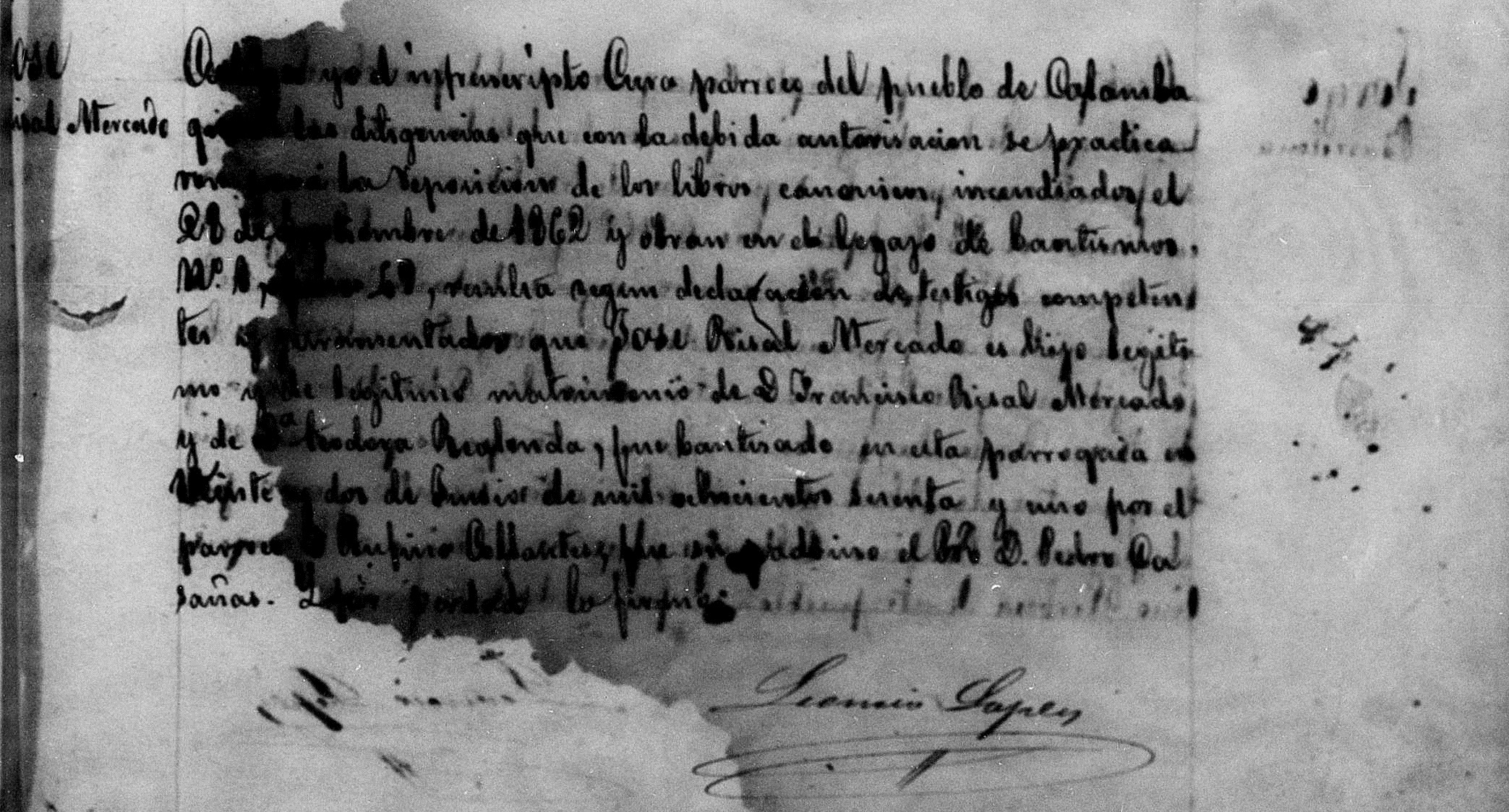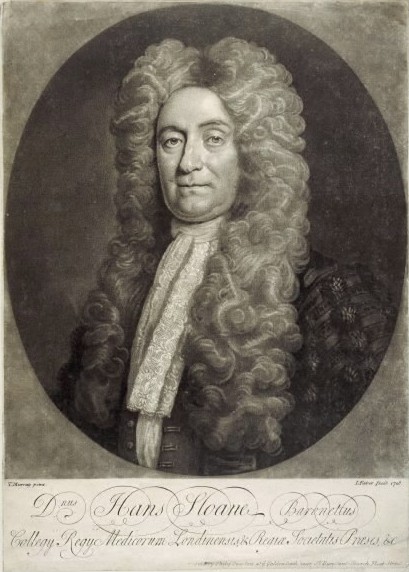|
Philippine National Library
The National Library of the Philippines ( fil, Pambansang Aklatan ng Pilipinas or ''Aklatang Pambansa ng Pilipinas'', abbreviated NLP, es, Biblioteca Nacional de Filipinas) is the official national library of the Philippines. The complex is located in Ermita on a portion of Rizal Park facing T. M. Kalaw Avenue, neighboring culturally significant buildings such as the Museum of Philippine Political History and the National Historical Commission. Like its neighbors, it is under the jurisdiction of the National Commission for Culture and the Arts (NCCA). The library is notable for being the home of the original copies of the defining works of José Rizal: ''Noli Me Tangere'', '' El Filibusterismo'' and ''Mi último adiós''. History Origins (1887–1900) The National Library of the Philippines can trace its history to the establishment of the ''Museo-Biblioteca de Filipinas'' (Museum-Library of the Philippines), established by a royal order of the Spanish government on Augu ... [...More Info...] [...Related Items...] OR: [Wikipedia] [Google] [Baidu] |
Kalaw Avenue
Kalaw Avenue (formerly ''T.M. Kalaw Street'') is a short stretch of road in the Ermita district of Manila, Philippines. It forms the southern boundary of Rizal Park running east–west from San Marcelino Street to Roxas Boulevard near the center of the city. It begins as a four-lane road at the intersection with San Marcelino widening to an eight-lane divided roadway along the stretch of Rizal Park from Taft Avenue west to Roxas Boulevard. It has a short extension into the reclaimed area of Luneta and Quirino Grandstand as South Drive. The avenue's main section between Taft Avenue and Roxas Boulevard is assigned as National Route 155 (N155) of the Philippine highway network. The avenue was named after Teodoro Kalaw, a Filipino legislator and historian of the Philippine Commonwealth period who also served as Director of the National Library of the Philippines (whose post-War incarnation lies along the street). It was formerly known as San Luis Street (Spanish: ''calle San Luis''). [...More Info...] [...Related Items...] OR: [Wikipedia] [Google] [Baidu] |
Manuscript
A manuscript (abbreviated MS for singular and MSS for plural) was, traditionally, any document written by hand – or, once practical typewriters became available, typewritten – as opposed to mechanically printing, printed or reproduced in some indirect or automated way. More recently, the term has come to be understood to further include ''any'' written, typed, or word-processed copy of an author's work, as distinguished from the rendition as a printed version of the same. Before the arrival of printing, all documents and books were manuscripts. Manuscripts are not defined by their contents, which may combine writing with mathematical calculations, maps, music notation, explanatory figures, or illustrations. Terminology The study of the writing in surviving manuscripts, the "hand", is termed palaeography (or paleography). The traditional abbreviations are MS for manuscript and MSS for manuscripts, while the forms MS., ms or ms. for singular, and MSS., mss or ms ... [...More Info...] [...Related Items...] OR: [Wikipedia] [Google] [Baidu] |
Aduana Building
The Aduana Building (''Aduana de Manila'' or ''Manila Customs House''), also known as the Intendencia, was a Spanish colonial structure in Manila, Philippines that housed several government offices through the years. It is located in front of the BPI Intramuros (formerly the site of the old Santo Domingo Church) at Plaza España, Soriano (Aduana) Ave. corner Muralla St. in Intramuros. Architecture This two-storey governmental structure follows a Neo-Classical tradition, with an emphasized horizontality and symmetrical form, particularly on the design of its façade. The central bay had three arched entrances and two principal staircases built around the two atriums. The rectangular fenestration on the upper most story were decorated with rustication. The window-like portals opening out to small balconies were framed with pilasters topped with ornate capitals and were adorned with elaborate geometrical grillework. Similar ornate grillework also decorated the main entryways in ... [...More Info...] [...Related Items...] OR: [Wikipedia] [Google] [Baidu] |
Gaceta De Madrid
La Gaceta may refer to * ''La Gaceta'' (Honduras), the official journal of the Republic of Honduras. * ''La Gaceta'' (Tampa), a trilingual newspaper in Tampa, Florida, United States * ''La Gaceta'' (Tucumán), a newspaper in San Miguel de Tucumán, Argentina * ''La Gaceta'' (Spain), a Spanish newspaper * ''La Gaceta Mexicana ''La Gaceta Mexicana'' was a Spanish-language newspaper published in Houston, Texas. It was one of the earliest Mexican-American newspapers in Houston.Esparza, p. 4 "La Gaceta Mexicana was one of the earliest Mexican American newspapers in the cit ...'', a Mexican-American newspaper published in Houston, Texas, United States See also * The Gazette (other) {{disambiguation ... [...More Info...] [...Related Items...] OR: [Wikipedia] [Google] [Baidu] |
Mi último Adiós
"Mi último adiós" ( en, "My Last Farewell") is a poem written by Filipino propagandist and writer Dr. José Rizal before his execution by firing squad on December 30, 1896. The piece was one of the last notes he wrote before his death. Another that he had written was found in his shoe, but because the text was illegible, its contents remain a mystery. Rizal did not ascribe a title to his poem. Mariano Ponce, his friend and fellow reformist, titled it "Mi último pensamiento" ("My Last Thought") in the copies he distributed, but this did not catch on. Also, the "coconut oil lamp" containing the poem was not delivered to the Rizal's family until after the execution as it was required to light the cell. Background "On the afternoon of Dec. 29, 1896, a day before his execution, Dr. José Rizal was visited by his mother, Teodora Alonzo; sisters Lucia, Josefa, Trinidád, Maria and Narcisa; and two nephews. When they took their leave, Rizal told Trinidád in English that there was som ... [...More Info...] [...Related Items...] OR: [Wikipedia] [Google] [Baidu] |
José Rizal
José Protasio Rizal Mercado y Alonso Realonda (, ; June 19, 1861 – December 30, 1896) was a Filipino nationalist, writer and polymath active at the end of the Spanish colonial period of the Philippines. He is considered the national hero (''pambansang bayani'') of the Philippines. An ophthalmologist by profession, Rizal became a writer and a key member of the Filipino Propaganda Movement, which advocated political reforms for the colony under Spain. He was executed by the Spanish colonial government for the crime of rebellion after the Philippine Revolution broke out; it was inspired by his writings. Though he was not actively involved in its planning or conduct, he ultimately approved of its goals which eventually resulted in Philippine independence. Rizal is widely considered one of the greatest heroes of the Philippines and has been recommended to be so honored by an officially empaneled National Heroes Committee. However, no law, executive order or proclamation ... [...More Info...] [...Related Items...] OR: [Wikipedia] [Google] [Baidu] |
National Commission For Culture And The Arts (Philippines)
The National Commission for Culture and the Arts of the Philippines ( fil, Pambansang Komisyon para sa Kultura at mga Sining, ceb, Nasodnong Komisyon alang sa Budaya ug mga Arte) is the official government agency for culture in the Philippines. It is the overall policy making body, coordinating, and grants giving agency for the preservation, development and promotion of Philippine arts and culture; an executing agency for the policies it formulates; and task to administering the National Endowment Fund for Culture and the Arts (NEFCA) – fund exclusively for the implementation of culture and arts programs and projects. History The successful overthrow of the dictatorship in 1986 through the People Power Revolution inspired the different sectors of society to rally behind the new government towards the restoration of democracy. On March 12, 1986, the Alliance of Artists for the Creation of a Ministry of Culture (AACMC) drafted and adopted a proposal for the establishment of a ... [...More Info...] [...Related Items...] OR: [Wikipedia] [Google] [Baidu] |
National Historical Commission Of The Philippines
The National Historical Commission of the Philippines ( fil, Pambansang Komisyong Pangkasaysayan ng Pilipinas, abbreviated NHCP) is a government agency of the Philippines. Its mission is "the promotion of Philippine history and cultural heritage through research, dissemination, conservation, sites management and heraldry works." As such, it "aims to inculcate awareness and appreciation of the noble deeds and ideals of our heroes and other illustrious Filipinos, to instill pride in the Filipino people and to rekindle the Filipino spirit through the lessons of history." History The present day NHCP was established in 1972 as part of the reorganization of government after President Ferdinand Marcos' declaration of martial law, but the roots of the institute can be traced back to 1933, when the American colonial Insular Government first established the Philippine Historical Research and Markers Committee (PHRMC). Philippine Historical Research and Markers Committee (1933) The P ... [...More Info...] [...Related Items...] OR: [Wikipedia] [Google] [Baidu] |
Museum Of Philippine Political History
The Museum of Philippine Political History ( fil, Museo ng Kasaysayang Pampulitika ng Pilipinas) is a museum in Malolos, Philippines. It is located on Paseo del Congreso, Plaza Rizal, Malolos City, Bulacan. The museum, owned and operated by the National Historical Commission of the Philippines (NHCP), opened to the public in 2001 to foster awareness for the country's different government systems which defined its political history, enabling an understanding of current political developments and encouraging action to safeguard republican values. The building was initially built on 1580. It was restored in 1852 and was converted into a municipal library. After the Philippine–American War, the building served as the provincial capitol Bulacan until 1930. The museum was then located at the grounds of NHCP building on Kalaw Avenue in Rizal Park, Ermita, City of Manila. On October 12, 2016, the museum was relocated in Casa Real Shrine, Malolos City. The museum contains relics from the ... [...More Info...] [...Related Items...] OR: [Wikipedia] [Google] [Baidu] |
National Library
A national library is a library established by a government as a country's preeminent repository of information. Unlike public library, public libraries, these rarely allow citizens to borrow books. Often, they include numerous rare, valuable, or significant works. A national library is that library which has the duty of collecting and preserving the literature of the nation within and outside the country. Thus, national libraries are those libraries whose community is the nation at large. Examples include the British Library, and the Bibliothèque nationale de France in Paris.Line, Maurice B.; Line, J. (2011). "Concluding notes". ''National libraries'', Aslib, pp. 317–318Lor, P. J.; Sonnekus, E. A. S. (2010)"Guidelines for Legislation for National Library Services", International Federation of Library Associations and Institutions, IFLA. Retrieved on 10 January 2010. There are wider definitions of a national library, putting less emphasis to the repository character. National ... [...More Info...] [...Related Items...] OR: [Wikipedia] [Google] [Baidu] |




